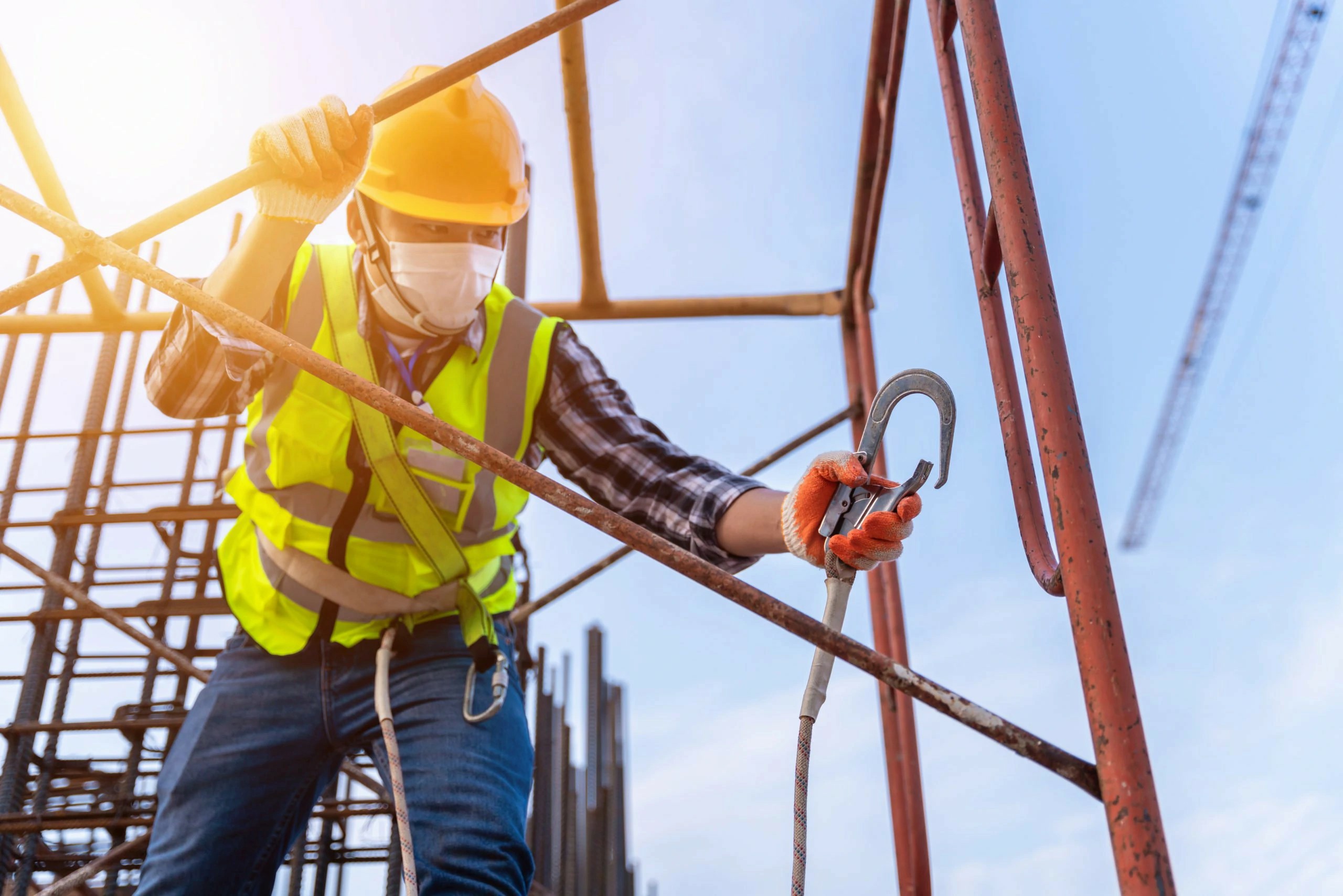The Essential Compliance Checklist for Businesses Allowing Work at Heights
In industries where employees frequently work at heights, safety compliance is not just a legal obligation—it is a critical element of responsible business practices. This comprehensive checklist is designed to assist businesses in ensuring they meet all regulatory requirements and maintain a safe working environment. Understanding the key protocols associated with working at heights can prevent accidents, ensure employee safety, and avoid costly legal issues.
Why Compliance is Critical
Working at heights brings significant risks, and employers have a legal responsibility to minimize these hazards. Non-compliance can lead to severe consequences, including financial penalties and damage to a company's reputation. By following proper safety measures, businesses can protect their employees and foster a culture of safety.
Step-by-Step Compliance Checklist
- Conduct a Risk Assessment:
- Evaluate all potential hazards related to working at heights.
- Assess the likelihood of accidents and the severity of potential injuries.
- Document the findings and adjust procedures accordingly.
- Personal Protective Equipment (PPE) Checks:
- Ensure all PPE is suitable for the tasks being performed.
- Check the condition of helmets, harnesses, and other safety gear.
- Provide proper training for employees on how to use PPE correctly.
- Training and Certification:
- Verify that all employees have completed a certified Working at Heights Training course.
- Ensure ongoing training and refresher courses are part of the safety protocol.
- Document all training completed by employees for compliance purposes.
- Safety Procedures and Protocols:
- Establish clear safety procedures for working at heights.
- Implement a buddy system for teams working at elevated locations.
- Regularly review and update safety protocols to comply with current regulations.
- Emergency Procedures:
- Develop emergency response plans specific to working at heights.
- Ensure all employees are trained on emergency procedures.
- Conduct regular drills to keep the emergency response fresh in employees' minds.
- Documentation:
- Maintain detailed records of risk assessments, training, and incidents.
- Ensure all compliance documentation is accessible for inspections.
- Review and revise documents regularly to reflect any changes in regulations.
Best Practices to Maintain Compliance
Staying compliant with safety regulations is an ongoing responsibility. Here are some industry best practices to help you:
- Conduct regular audits of your safety protocols and equipment.
- Engage employees in safety discussions and solicit their feedback.
- Stay informed about changes in safety regulations and industry standards.
Conclusion
Creating a culture of safety begins with compliance. By implementing this essential checklist, your business can ensure a safer working environment for all employees tasked with working at heights. For more information on training, consider investing in a Certified Working at Heights Training to further bolster your safety initiatives. For queries or to book a course, reach out at [email protected].



 349,500 Offered Certificates
349,500 Offered Certificates
 24/7 Online Training
24/7 Online Training
 Money Back Guarantee
Money Back Guarantee
 Fully Accredited Courses
Fully Accredited Courses
